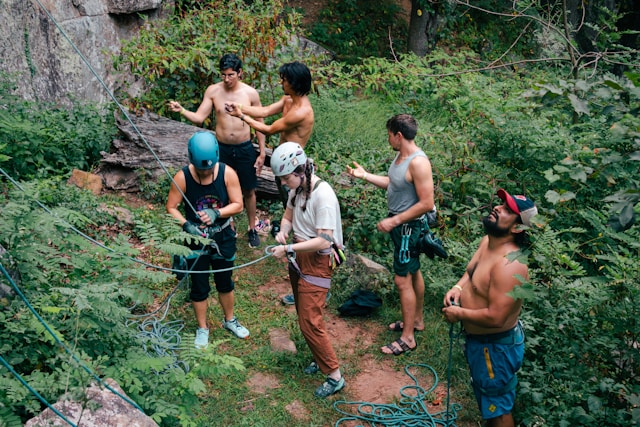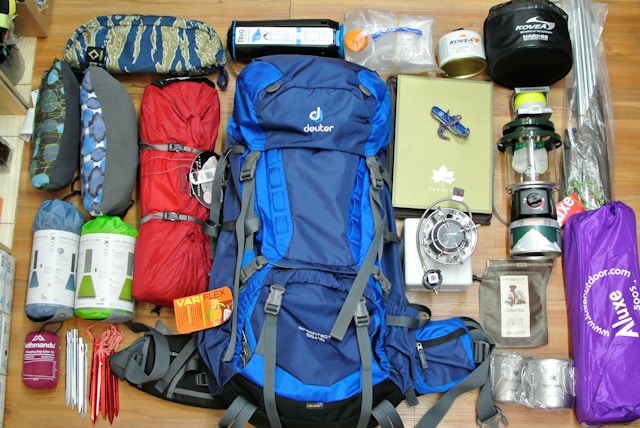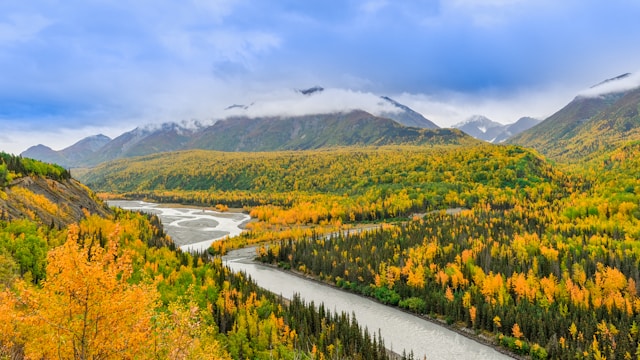Hey everyone, Anya here! So, you’re itching to get outdoors? Fantastic! But before you head out, let’s talk gear. Choosing the right equipment can make or break your adventure, whether you’re a newbie camper or a seasoned backpacker. Trust me, I’ve seen it all – from soggy sleeping bags to blistered feet – and I’m here to help you avoid those pitfalls.
Types of Outdoor Activities: Finding Your Niche
First things first, what kind of adventure are we talking about? The gear you’ll need varies wildly depending on your chosen activity. Here’s a quick rundown:
- Hiking: Day hikes, multi-day treks, it all falls under this.
- Camping: From car camping to backcountry adventures, the possibilities are endless.
- Backpacking: Think camping, but you carry everything on your back. Tougher, but oh-so-rewarding.
- Climbing: Rock climbing, mountaineering – specialized gear is a must here.
- Kayaking: Paddling on calm lakes or tackling whitewater rapids, each requires specific equipment.
Each activity demands a unique set of equipment, so zeroing in on your interests will streamline the gear selection.
Essential Gear for Any Adventure: The Foundation
No matter what you’re doing, some gear is just plain essential. Consider these your adventure building blocks:
- Backpack: Your trusty hauler. Think about capacity – a day hike needs less space than a multi-day trek.
- Tent: Your shelter from the storm (or just a cozy place to sleep). Consider seasonality – a 3-season tent is great for most conditions, but winter camping demands something burlier.
- Sleeping Bag: Stay warm and comfy! Temperature ratings are key – choose a bag rated for lower than the expected nighttime temps.
- First-Aid Kit: Non-negotiable. Pack the essentials and know how to use them. Seriously.
These are the cornerstones. You can’t really get started without them.
Activity-Specific Gear: Getting Down to Brass Tacks
Alright, now let’s dive into the specifics. Depending on your activity, you’ll need some specialized gear.
- Hiking:
- Hiking Boots: Ankle support is crucial, but fit is everything. Break them in before hitting the trail!
- Trekking Poles: Save your knees on those downhills. Trust me, your joints will thank you.
- Backpacking:
- Backpacking Backpack: A frame that is lightweight and comfortable is an important factor.
- Water Filter/Purifier: Staying hydrated is key, so choose a reliable way to treat water.
- Navigation Tools: Map, compass, GPS – don’t rely solely on your phone.
Don’t skimp on these activity-specific items. They’re designed to make your life easier and safer.
Choosing the Right Materials and Brands: Decoding the Jargon
Down versus synthetic insulation? Gore-Tex versus… everything else? The materials world can be confusing. Down is lighter and warmer but loses its oomph when wet. Synthetics are more water-resistant but bulkier. Gore-Tex is the gold standard for waterproof breathability, but there are other good (and often cheaper) options out there. As for brands, do your research! Some brands are known for quality and durability, and it often reflects in the price. But, honestly, don’t just chase the name – look for gear that fits your needs and budget. I’ve had great luck with some lesser-known brands, too.
Budgeting and Prioritizing Gear: Making the Most of Your Money
Outdoor gear can be expensive, no doubt about it. But you don’t have to break the bank. Start with the essentials and prioritize based on how often you’ll use something. Buying used gear is a great way to save money, especially for things like tents and backpacks. Renting specialized equipment, like climbing gear, can also be a smart move if you’re not ready to commit to a purchase. Shop around, compare prices, and don’t be afraid to wait for sales. A little patience can save you a bundle.
Maintaining and Caring for Your Gear: Making it Last
Your gear is an investment, so take care of it! Proper cleaning and storage can significantly extend its lifespan. Clean your tent after each trip, air out your sleeping bag, and store everything in a dry place. Learn basic repair skills – patching a hole in your tent or fixing a broken buckle can save you from having to replace the whole item. A little maintenance goes a long way.
Choosing the right outdoor gear can seem daunting, but it’s all about doing your research, prioritizing your needs, and investing in quality. Trust me, the right gear can transform your outdoor experiences, making them safer, more comfortable, and more enjoyable. So, gear up, get out there, and start exploring! And hey, if you’re looking for more in-depth reviews and recommendations, check out my other gear guides. Happy trails!




